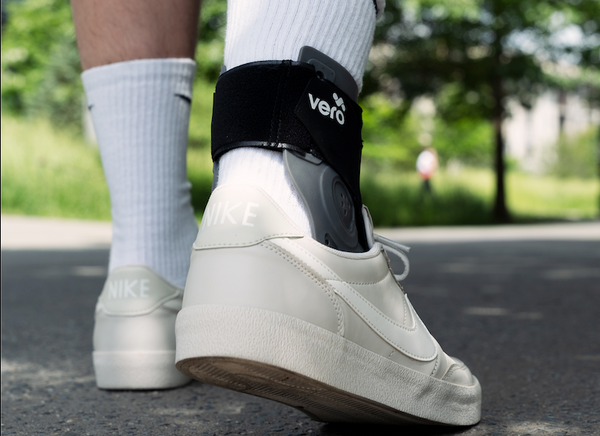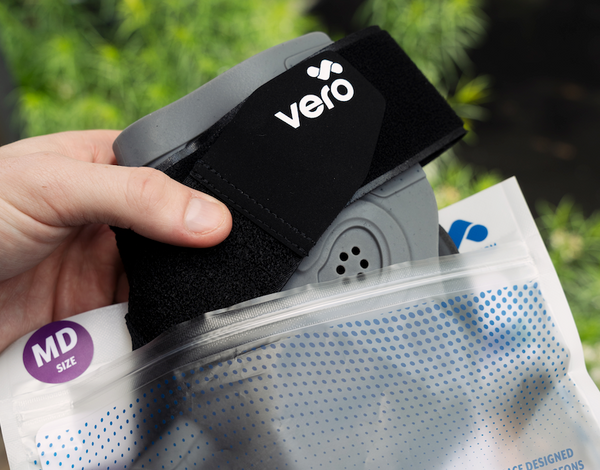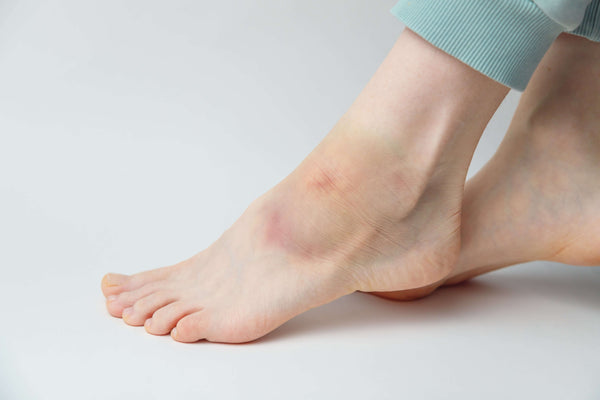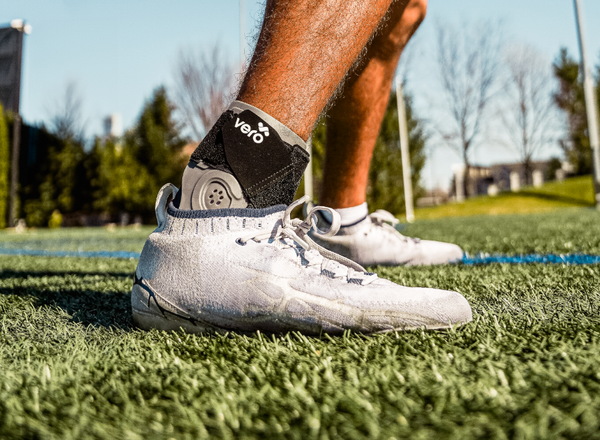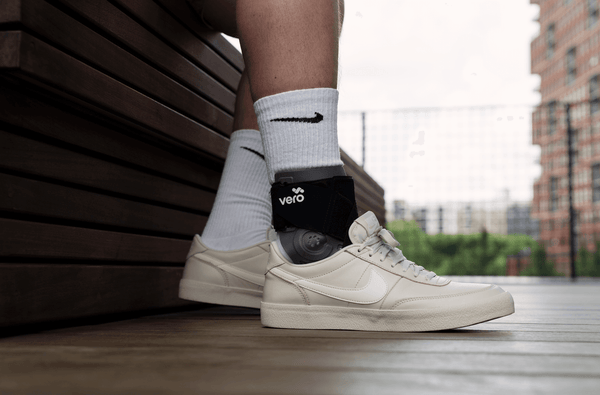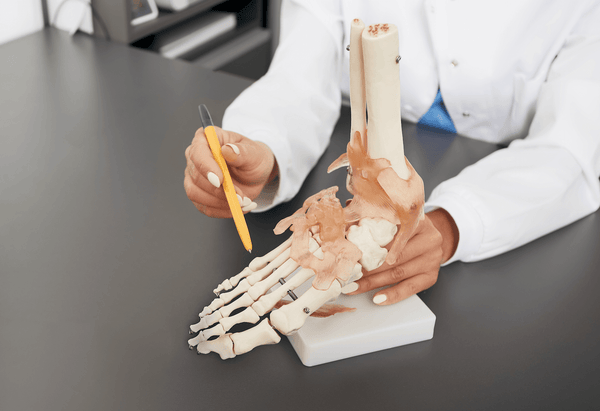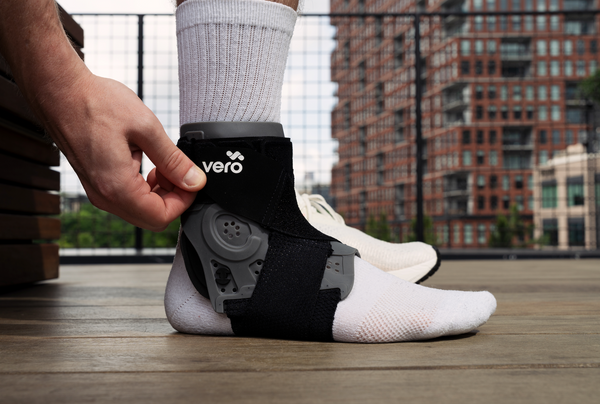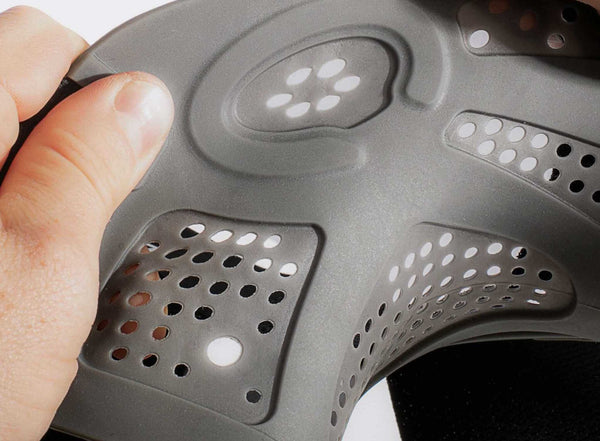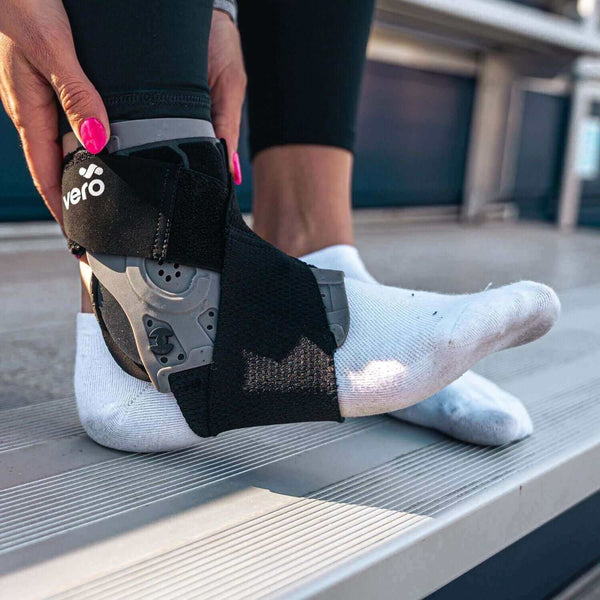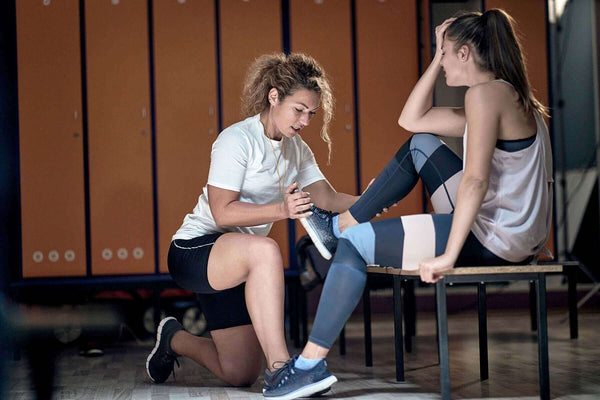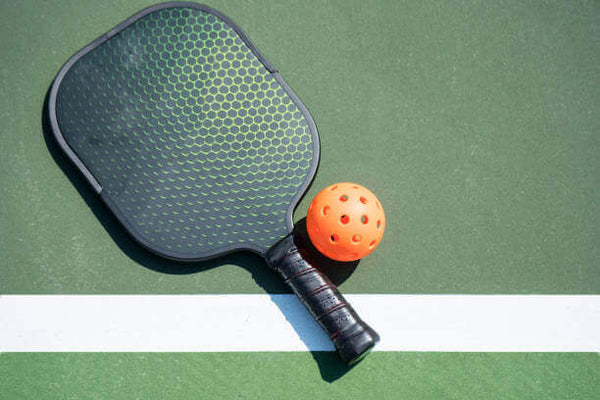The Marvel of TPU in the Vero Ankle® Brace
In the world of orthopedic care and injury prevention, materials science plays a pivotal role in developing effective solutions. One such marvel is the thermoplastic polyurethane (TPU), a versatile elastomer that's making waves in various applications, including the innovative Vero Ankle® brace. Let’s delve into the properties of TPU and how they contribute to the exceptional performance of this ankle brace.What is TPU?
Thermoplastic polyurethane (TPU) is a category of plastics renowned for its elasticity, durability, and resistance to abrasion and impact. These properties stem from its unique molecular structure, which combines the flexibility of rubber with the toughness of plastic. TPU is used in a range of products, from phone cases to medical devices, showcasing its adaptability.The 3 Key Material Properties of TPU
1. Durometer (Hardness)Durometer measures the hardness of a material, indicating its resistance to indentation. TPU is available in various hardness levels, typically ranging from very soft and flexible (like a rubber band) to hard and rigid (similar to hard plastic). The versatility in hardness allows TPU to be tailored for specific applications, offering the right balance between comfort and support.
2. Elongation at Break (% Elongation)
This property describes how much the material can stretch before it breaks. TPU is exceptional in this regard, often extending to several times its original length without tearing. High elongation means TPU can absorb significant impacts and return to its original shape, making it ideal for applications where flexibility and resilience are crucial.
3. Rate of Return to Resting Length (Elastic Recovery)
Elastic recovery refers to how quickly and effectively a material returns to its original shape after being stretched. TPU exhibits rapid elastic recovery, bouncing back almost instantly after deformation. This property is critical for maintaining consistent performance in dynamic environments where repeated stress and movement are common.
Thermoplastic Polyurethane in the Vero Ankle® Brace
The Vero Ankle® brace harnesses these material properties of TPU to provide unparalleled support and protection. Here’s how each property plays a vital role:1. Comfort and Fit Through Adjustable Hardness
The Vero Ankle® brace utilizes TPU with varying hardness levels in different parts. Softer TPU ensures comfort around sensitive areas, preventing pressure sores and discomfort. Meanwhile, slightly harder TPU provides structural support, stabilizing the ankle and reducing the risk of further injury. This dual characteristic of TPU allows the brace to offer both flexibility and strength, adapting to the user’s movements while providing necessary support.
2. Superior Impact Resistance and Flexibility
The high elongation at break of TPU means the Vero Ankle® brace can withstand significant stretching and twisting without tearing. This flexibility is essential in accommodating a wide range of movements, from everyday walking to more strenuous activities. Users can rely on the brace to move with them, providing continuous support without restricting motion.
3. Consistent Performance with Rapid Elastic Recovery
Thanks to TPU’s excellent elastic recovery, the Vero Ankle® brace maintains its shape and effectiveness, even after extensive use. This rapid return to its resting length ensures that the brace consistently supports the ankle and foot, maintaining its intended function over time. Users can trust the brace to deliver reliable support, no matter how much they move.
Conclusion
The Vero Ankle® brace exemplifies how advanced materials like TPU can revolutionize orthopedic support. Its combination of adjustable hardness, high elongation, and rapid elastic recovery provides a balance of comfort, flexibility, and durability. TPU’s unique properties enable the brace to protect and support the ankle while adapting to the wearer’s movements, making it an essential tool for injury recovery and prevention.As we continue to explore and innovate with materials like TPU, the possibilities for enhancing human mobility and improving lives are boundless. The Vero Ankle® brace is just one example of how these advancements are making a tangible difference in the world of healthcare and beyond.


